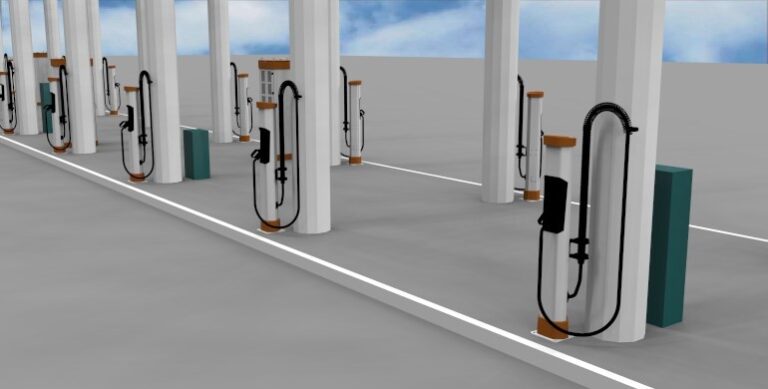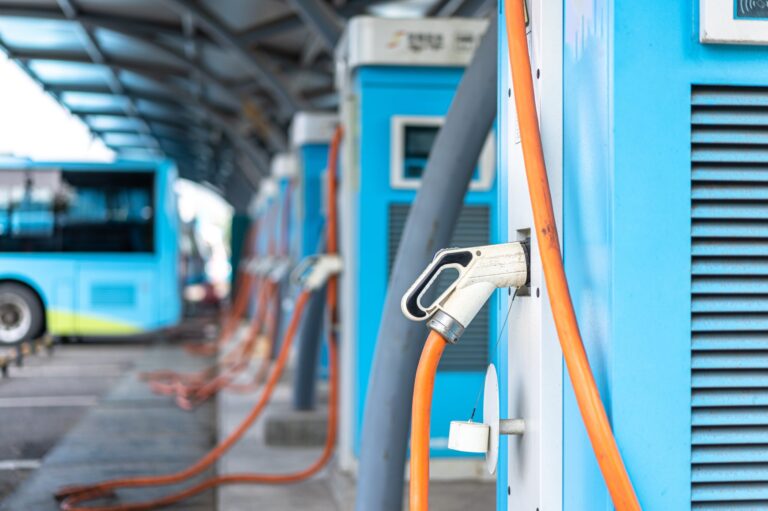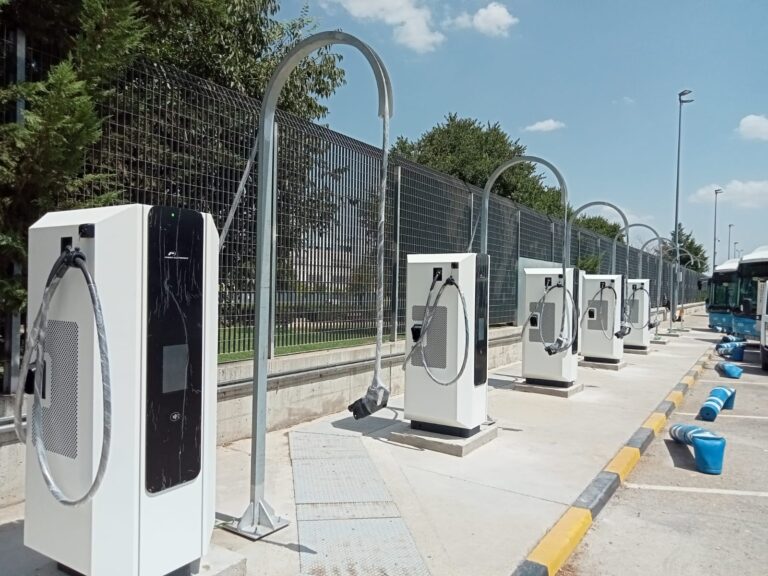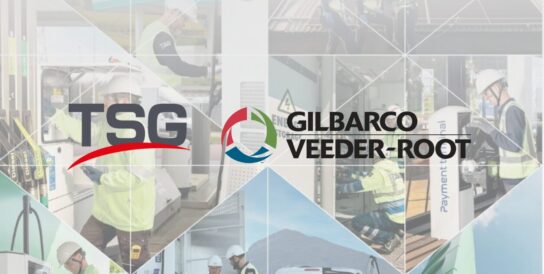The electrification of public transport is accelerating in Europe, as major cities expand their e-bus fleets to meet decarbonisation goals and provide more sustainable transport. 2023 marked a turning point in this story: new registrations of electric buses surpassed those of diesel buses for the first time. More than 6,000 BEV e-buses were registered in 2023 – 2,000 more electric vehicles than diesel-powered buses. Bus operators will need to step up their electric infrastructure development to keep up with the growth.
The journey of buses towards electrification
The transformation in the public transport segment is set to continue with the backing of the European Union (EU). In December 2023, it reached the Euro 7 level, imposing stricter measures on the limits of pollutant emissions for the manufacturing of new heavy-duty vehicles. It supports the transition of buses and trucks to clean mobility.
Since April 2024, another important reinforcement was set: AFIR, the Alternative Fuels Infrastructure Regulation, now governs the implementation of new energy infrastructure in the EU. It also sets new targets for zero-emission buses.
Which buses will go electric?
Bus operators that offer public or private services are converting part of their fleets to electricity in response to stricter regulations. They are also responding to passenger demand for cleaner transport.

The first buses to be electrified are urban ones used for public transport in cities. This type of e-bus meets the stricter regulations on CO2 emissions in the main European municipalities. Moreover, urban buses have predictable routes. This matters because, in most cases, an overnight charge at the depot can provide them with enough energy to run for a whole day. In some situations, they can also benefit from opportunity charging with the help of pantographs. These can quickly recharge a good percentage of the bus battery in 3 to 6 minutes.
Suburban buses are also becoming electrified. Their charging process combines depot and opportunity charging with the help of pantographs or very fast chargers along the route.
Some coaches, used for leisure and tourist activities, are also becoming electrified, providing travellers with cleaner transport options. Their charging process combines overnight charging at the depot with opportunity charging along the route, using CCS2. Multi-energy refuelling stations equipped with heavy-duty vehicle charging infrastructure and heavy-duty vehicle charging hubs will play a key role in facilitating on-route charging.
Across Europe, several public transport operators have started electrifying part of their fleets. In the United Kingdom, bus operators such as Stagecoach are already rolling out more zero-emission buses. In Italy, the city of Bologna opened the country’s first electric bus depot in March. In Germany, the national company Deutsch Bahn is using electric buses for local public transport in cities such as Frankfurt. In France, the Paris public transport is expected to add 3,500 new electric buses to its fleet.

Considerations for implementing e-bus depot charging
To successfully convert an ICE bus fleet to electric, bus operators need to consider several factors. The power of the grid connection must be strong enough. The depot requires careful planning of internal electrical distribution networks for safe and efficient power distribution. Systems that connect the charging operation to the fleet schedule should guarantee that the buses are fully charged at the start of the working day.
These systems also support energy distribution through power sharing. This allows efficient coordination between the vehicles’ schedules and the variable energy prices on the grid. The software gathers the timing information from bus operators and prioritises recharging to ensure that vehicles are ready at the right time and charging costs are kept to a minimum.
In addition to recharging batteries, the software also supports the preconditioning process. By using energy from the grid, it brings the bus to the optimal internal temperature before starting its journey, thereby conserving battery energy that would otherwise be used for climate control.
Different types of e-bus depot charging infrastructure
Overnight charging: For operations that rely on overnight charging, DC-distributed architectures with up to 50 kW charging points allow buses to be fully charged in 8 to 10 hours.
Fast charging: Where a faster charge is required, high-power DC chargers of 200kW to 400kW can do the job in 3 to 4 hours.
Hyper-fast charging: For the fastest recharge, pantographs can charge a bus in just over an hour.

Each depot charging infrastructure must be tailored to its needs. A robust connection to the electricity grid, often requiring a Distribution Network Operator (DNO) upgrade and additional medium voltage transformer cabinets to increase the load, is crucial in the design of the recharging infrastructure. In addition, an energy management system to monitor and control the charging process is essential. Medium voltage transformer substations eventually supported by a battery energy storage system (BESS) can sometimes guarantee the power and energy availability of the depot when the DNO network is weak in that particular area.
In sites with limited space, where several buses need to be parked side by side, overnight pantographs or special overhead cables must be implemented. The design of e-bus depot charging is determined by the operational requirements – including space, medium voltage/low voltage substations, DNO connections, power increase need and maintenance.
Sustainable on-route charging for e-buses
Heavy-duty vehicle charging hubs and service stations located in tourist areas, on major TEN-T networks, and on motorways can provide value-added services by implementing on-route charging solutions for tourist and private e-coaches and e-buses. These sites usually require large spaces to accommodate such vehicles.

Moreover, service stations, charging hubs and bus depots can use their covered surfaces to integrate solar panels and produce energy. They also have the option of connecting to nearby wind and solar farms, providing access to more sustainable energy sources and generate cost savings in the medium term.
TSG is supporting the electrification of public transport in various countries across Europe. In Italy, we are building the charging infrastructure and DNO upgrades for a depot of new electric buses in the city of Reggio Emilia, and will soon build another depot for the city of Piacenza. With over 25 charging points in the depots in each city, the e-buses will be fully charged overnight.
As the European leader in technical services for mobility, TSG has expertise in the design of numerous recharging infrastructure installations. We develop projects for heavy-vehicle recharging, such as public transport e-buses, e-trucks and heavy machinery, as well as roof solarization. We provide equipment through our highly qualified Tier 1 partners and take care of the entire turnkey project – including design, installation, maintenance and management of the full EV charging infrastructure for cleaner transport for our customers.



